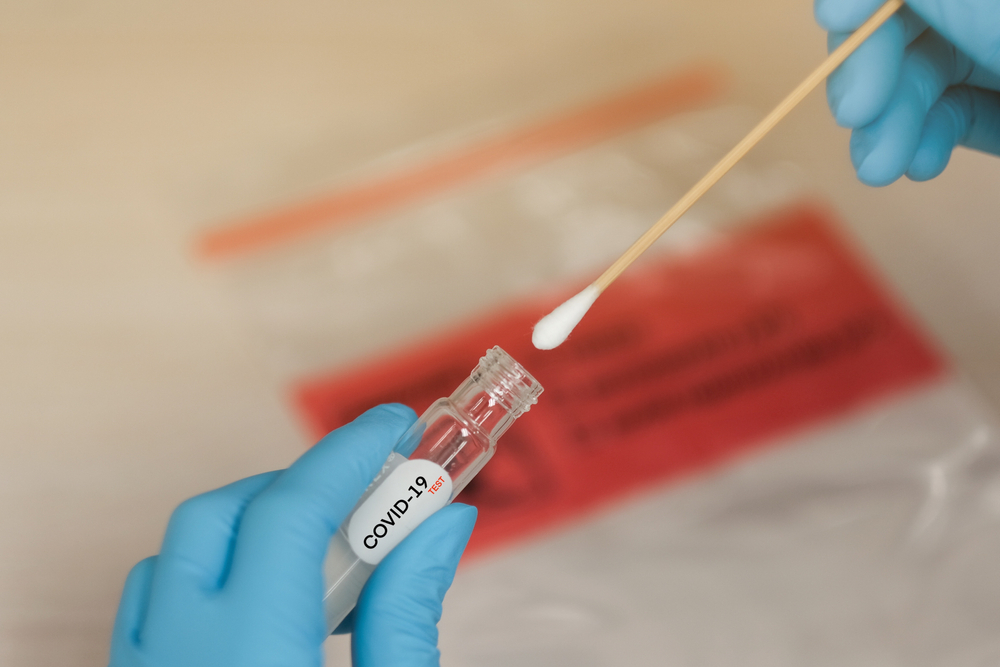This article appeared in the Huffington Post. Read the full story here.
As of the end of April, the World Health Organization was tracking 71 coronavirus vaccines in preclinical trials, with five additional candidates already in clinical trials. Given how recently the COVID-19 pandemic began spreading, it might seem promising that there’s already a lot of activity on the immunization front.
With so many potential vaccines in testing, you also may wonder why medical experts say it will take at least 12 to 18 months before one is ready to go. If a coronavirus vaccine did make it to market on such a timetable, it would actually be the fastest turnaround in history. Currently, that record belongs to the mumps vaccine, which was approved for use in just four years back in the 1960s. For Ebola, a vaccine took five years to develop.
More commonly, the development of a vaccine takes eight to 10 years. Can a COVID-19 vaccine be created any faster? There’s certainly hope, but no certainty.
“I’d say the 12 to 18 months that’s been bandied about by some experts is realistic, but it’s [also] optimistic,” said James Cutrell, director of the infectious disease fellowship program at the University of Texas Southwestern Medical Center in Dallas. “It is based on the assumption that each phase of trials goes according to plan, with an optimistic time frame at each of those stages.”
Here’s what goes into each phase of developing a vaccine.
A vaccine must be rigorously tested before the public gets it.
We often think of vaccines as treatments for illness, but they’re not exactly that, said Kelvin Lee, a professor of chemical and biomolecular engineering at the University of Delaware and director of the National Institute for Innovation in Manufacturing Biopharmaceuticals. Vaccines are given to people who are well to keep them from getting sick.
“It’s very different from developing medicine where someone is ill and you are trying to make them better. In a healthy population, you don’t want the vaccine to have negative consequences,” he said.
First, Lee said, researchers will study the virus and attempt to determine which type of vaccine may work best.
There are several kinds of vaccines. Some have a tiny, weakened bit of live virus, which triggers a protective immune response in your body but does not cause the actual illness. Some contain inactive virus that creates a similar response in the body. And some utilize genetically engineered RNA or DNA, which carries “directions” to make the type of protein that can prevent the virus from binding to our cells and making us ill.
Once researchers decide which vaccine route they think will work best, they get to testing.
“This is where time really comes into play,” Lee said. “Even after you do lab tests to make sure it works in the proverbial petri dish, in many cases vaccines will undergo tests in animals to ensure that it’s going to be safe for humans and has the desired response. And then, where it really starts to take time is in the human clinical trials.”
To roll out a vaccine requires a lot of safety testing. During Phase 1, researchers take a small number of healthy volunteers and test the vaccine for serious side effects, Cutrell explained.
Phase 2 involves smaller studies looking at efficacy, he said. This includes figuring out the best dosage of the vaccine, the scheduling of dosages if you need multiple ones, and more. Scientists will consider whether the vaccine still appears safe enough and whether the immune response or antibody buildup is great enough to warrant moving on to additional clinical studies.
In Phase 3, you will see larger field studies.
“You would take a susceptible population, vaccinate some while having a control group, and monitor the effect over time and see if there’s any difficulty,” Cutrell said.
Here, researchers may look for common, short-term side effects and at what dosages those side effects pop up.
“All that has to be done first, and then if Phase 3 shows the vaccine is safe and effective, that’s when you’d look at licensing,” Cutrell said.
Even after you have a working vaccine approved by the Food and Drug Administration, it still takes time to mass-produce and distribute it across the country.
The goal is to vaccinate huge numbers of people, “so you then develop immunity in the community that would protect against larger outbreaks,” Cutrell said.
Testing and monitoring ― essentially Phase 4 ― continue even after the vaccine is generally available because it takes time to ensure safety, Lee said. “You don’t know if something bad is going to happen a month later, two months later, a year later.”

